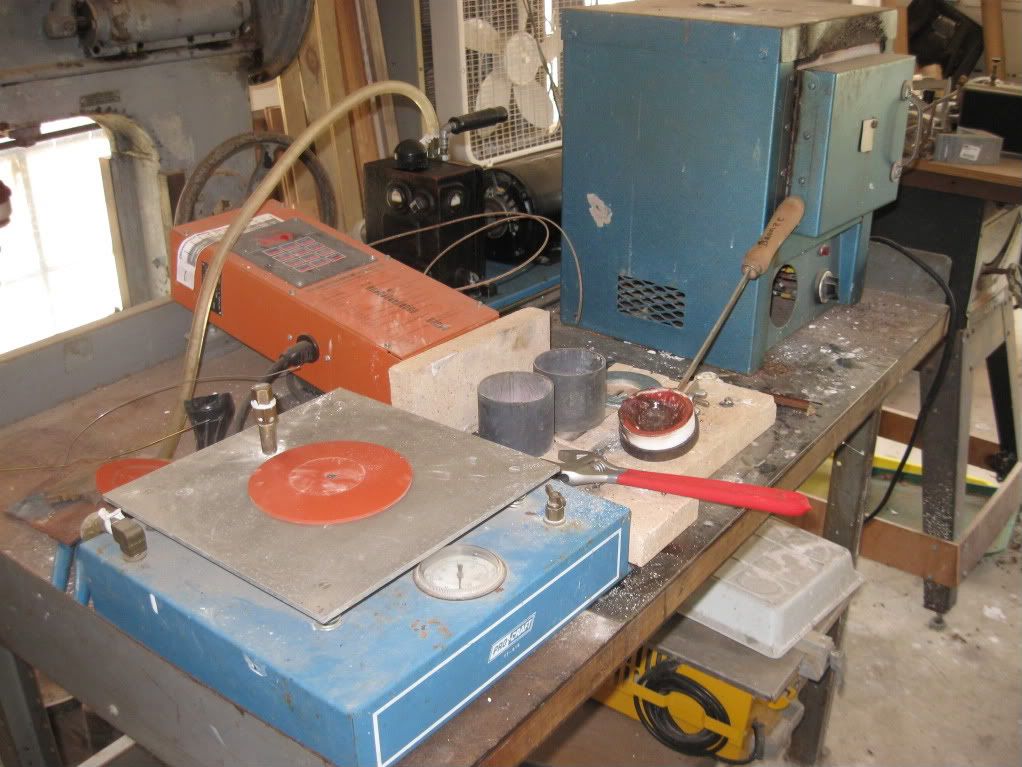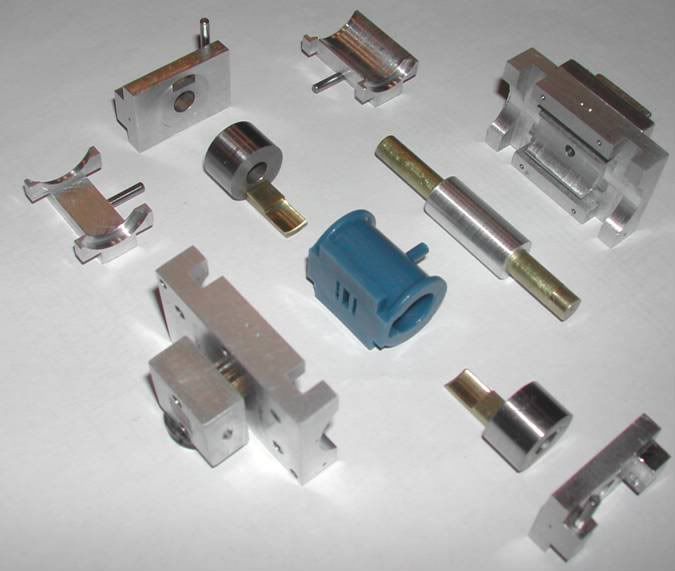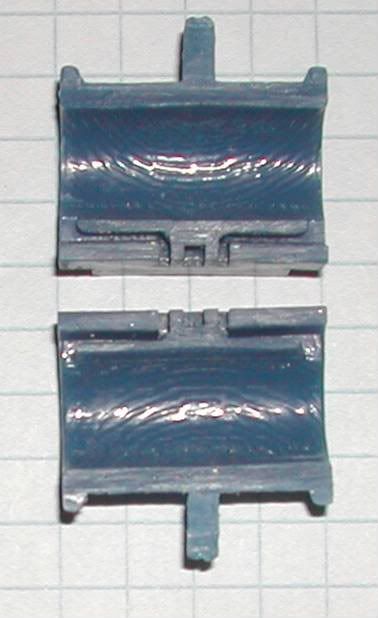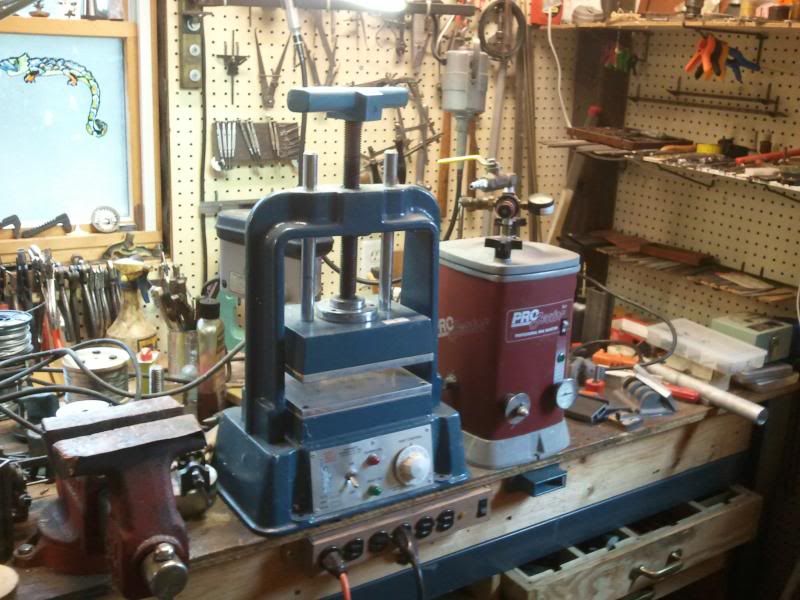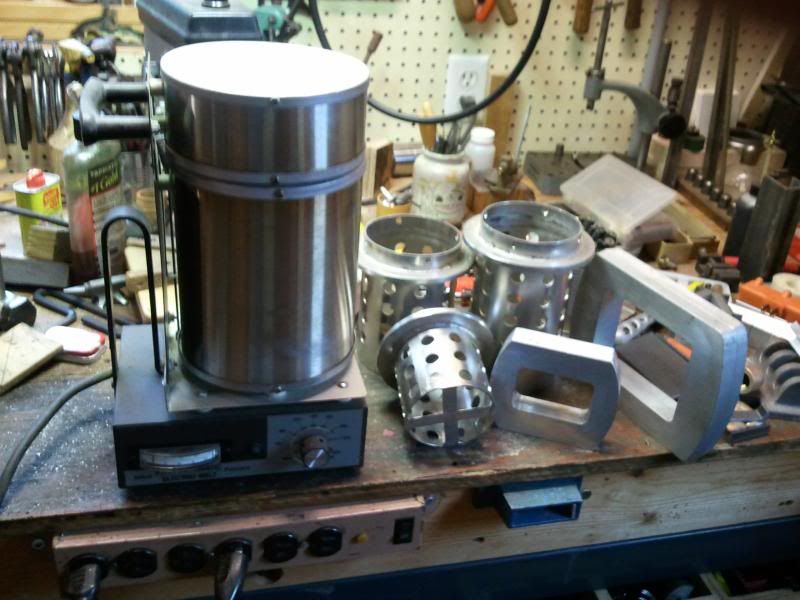Hello All
I have just joined this forum, and found this section, I make, well try to make model parts, and have just ventured into making brass parts, these have been a great learning curve, and I have been enjoying it, however, I have a few parts that I have mastered that I would like to be made into brass parts, basically to hard for me to make the with sheet stock and shapes
Has or does anyone here do lost wax casting? or brass casting via another method? because I seem to have a hundred questions, having said that I am no stranger to casting,
in fact I resin cast and do this with pressure and vacuum, but I am a foundry virgin, so can some one point me in the right direction
I have just joined this forum, and found this section, I make, well try to make model parts, and have just ventured into making brass parts, these have been a great learning curve, and I have been enjoying it, however, I have a few parts that I have mastered that I would like to be made into brass parts, basically to hard for me to make the with sheet stock and shapes
Has or does anyone here do lost wax casting? or brass casting via another method? because I seem to have a hundred questions, having said that I am no stranger to casting,
in fact I resin cast and do this with pressure and vacuum, but I am a foundry virgin, so can some one point me in the right direction





